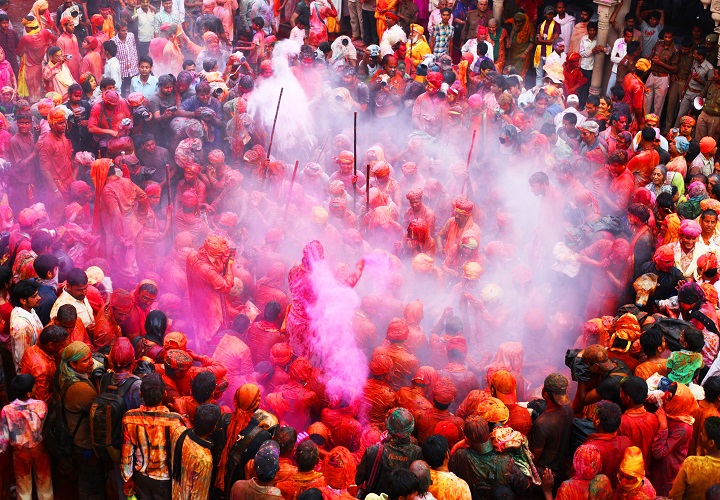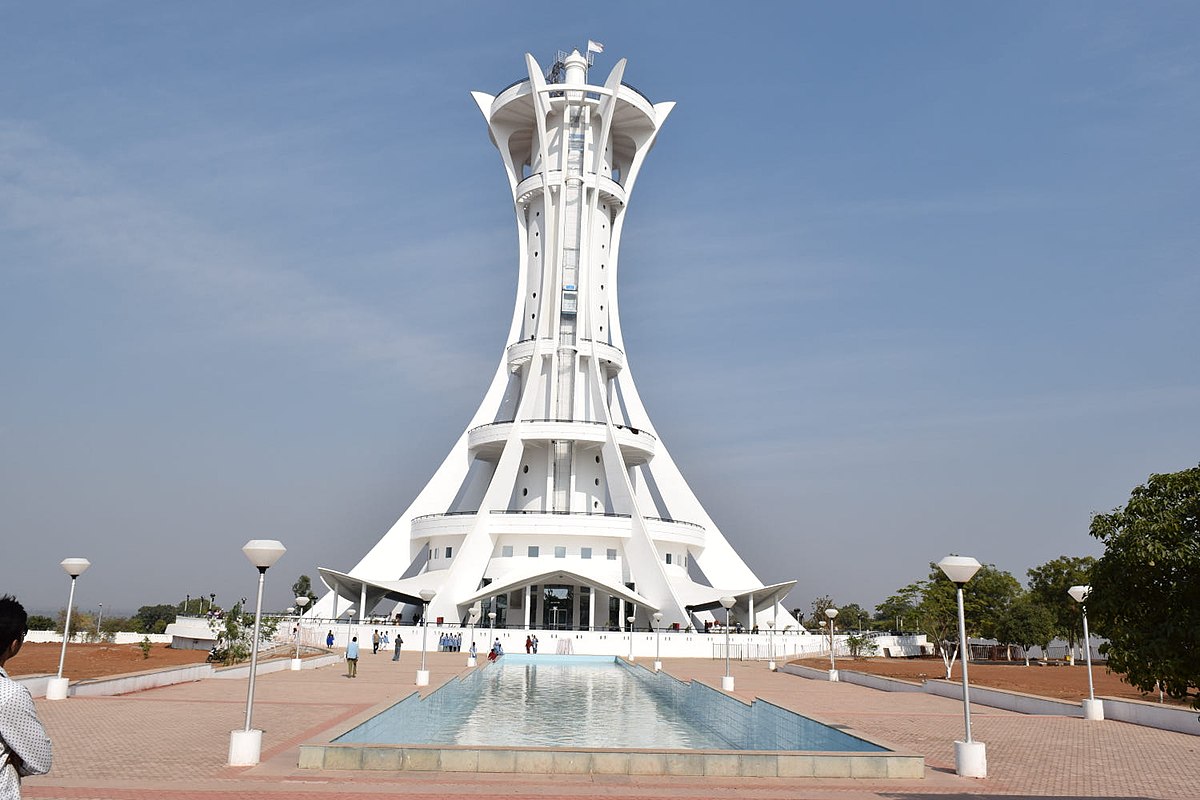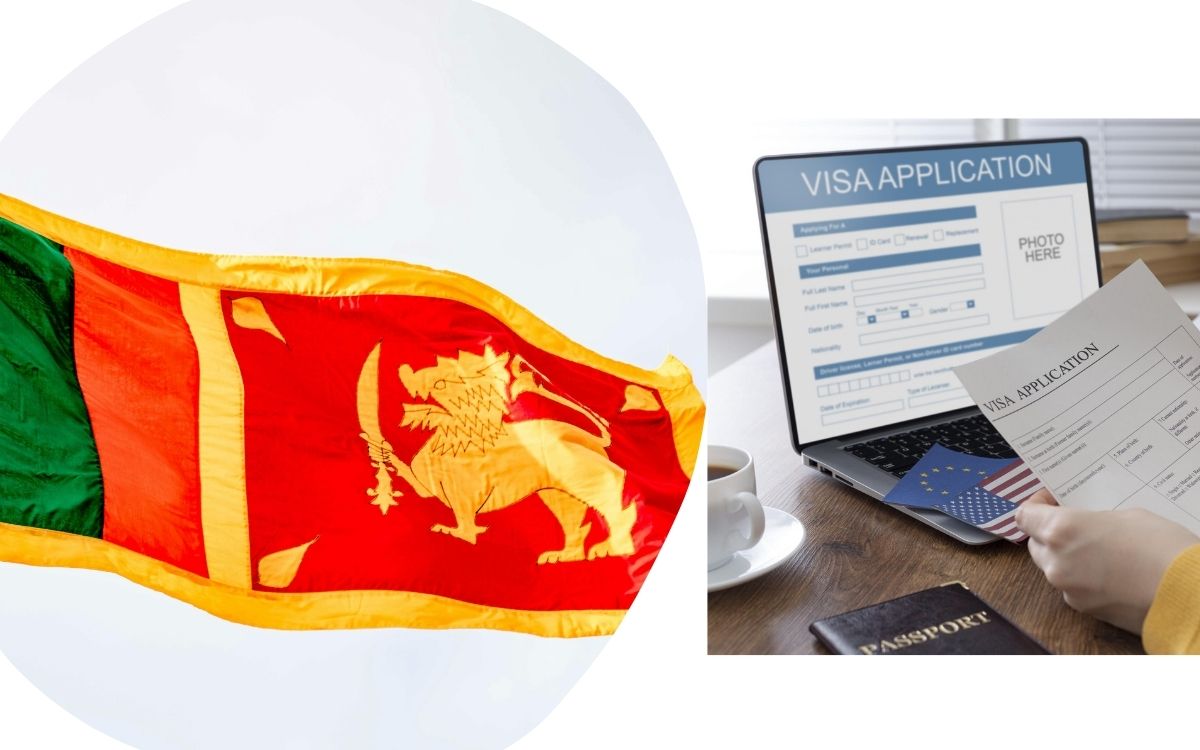From dance styles to music, art to clothing, religion to rituals – there is a colourful variety to every aspect of India. And the best symbol of the Indian traditions and hospitality are its festivals. Nothing will give you an opportunity to deep-dive into the culture of India the way our festivals do.
The most popular of these festivals, no doubt, is the vibrant festival of Holi.
Occurring around March-April, Holi is a springtime celebration of love, joy, colours – symbolising the victory of good over evil.
There are several legends surrounding the origin of this festival. According to a popular legend, the demon king Hiranyakashipu had gained a boon from the gods that made it almost impossible to kill him. With this, he grew arrogant and demanded that everyone worship him. However, his son, Prahlad, who was a devotee of Lord Vishnu refused to do so. He continued in his devotion unto Vishnu, the preserver and protector of Dharma. Infuriated, Hiranyakashapu sought the help of Holika, his evil sister, to get rid of Prahlad. Holika took Prahlad on her lap and sat on a pyre. In some versions, she has a cloak that can protect her from the fire, in others, her powers protect her from flames. Anyway, as the fire rages, to Hiranyakashipu’s shock, it burns Holika to ashes while Prahlad emerges unscathed. From the same fire arises Narasimha, an avatar of Vishnu who finally kills Hiranyakashipu.
Another legend is associated with Lord Krishna, yet another avatar of Vishnu. This legend says that Lord Kirshna used to drench
Radha with colour to express his love. He was ashamed of his dark complexion before the fair-skinned Radha. So they used to colour each other until the shade of their complexion was indiscernible. This playful little game between them marked the beginning of their courtship and soon began to be celebrated in villages around Vrindavan as a commemoration of their love.
The Holika legend is the reason why the first evening of Holi is known as ‘Holika Dahan’. This is when people light bonfires and perform rituals as a symbolic representation of the victory of truth over evil. The next day, known variously as Holi, Rangwali Holi, Dhuleti, Dhulandi or Phagwa is when people drench each other in “Gulal” or colours.
And the best place to celebrate Holi in India is Mathura, the very birthplace of Lord Krishna and Vrindavan, where he grew up. Here you can not only celebrate the actual festival in splendour but also understand the history behind it. Visit the Dwarkadesh Temple, for a glimpse into the prayers, ceremonies and rituals surrounding Holi. The temple priests splatter the people with holy coloured water after which the actual fun begins.
The Banke Bihari temple, in Vrindavan, is famous for celebrating a *Phoolo ki Holi*. In this celebration, no water or colours are used at all. Instead, people celebrate solely with flowers. At Gulal Kund, you can enjoy mythological plays surrounding the festivities. While Barsana, the birthplace of Goddess Radha, is popular for *Lathmar Holi*. Here men from Krishna’s village, Nandgaon, visit Barsana and the women playfully hit the men with bamboo sticks to prevent them from entering the Shri Radhaji temple. This is a direct recreation of Krishna entering Barsana to colour the gopis while they tried to keep him away. The next day, women from Nandgaon visit Barsana with colours. This is followed by singling and dancing. Special viewing facilities are set up for tourists.
If you are looking to celebrate Holi in a little more urban comfort, the three best spots are Jaipur, Hampi and Goa.
The best part about celebrating Holi in Jaipur it’s a rich and vibrant culture which comes alive with the festivities. The celebrations go on for three full days. Everyone is drenched with the vivid hues of the festival. The best place to celebrate in Holi in Jaipur is the Ajmer Fort and City Palace. You can also undertake an Elephant tour of the city. Amidst ancient ruins and serene temples, Holi in Hampi has a strange mystical aura to it. Along with the usual riot of colours, Hampi also carries put huge processions complete with gold-laden elephants and performances to mark this auspicious festival.
At Goa, Holi is nothing less than a huge party. Called Shigmo, parades, cultural dramas and huge effigies erected in city squares form a major part of Holi in Goa. Panaji, Mapusa, Vasco Da Gama, Margao and Colva are the go-to spots if you wish to catch these parades.
Colourland in Baga is a huge celebration that attracts tourists from all over the country. If you are looking for something more private, Goa’s numerous beaches and resorts also provide party and retreat options.
Many tours offer Holi life food action packages. But these tried and tested travel packages will not provide you with an authentic Holi experience. If you are looking for pure luxury handpicked deals that offer the most real taste of the Holi celebrations, then contact us at life food action. We excel at providing handpicked deals that cater to all of your needs. We have been presented with the National Tourism Award by the president of Indian for our top-notch services. Just get in touch with us over our website and we will ensure you have the most memorable time of your life celebrating the colours of Holi.



